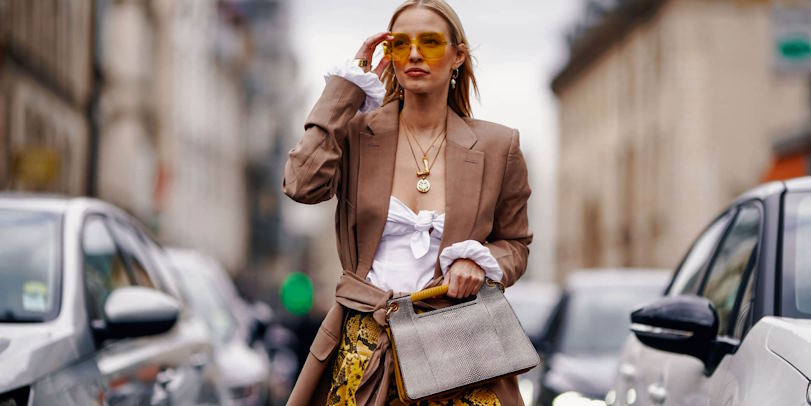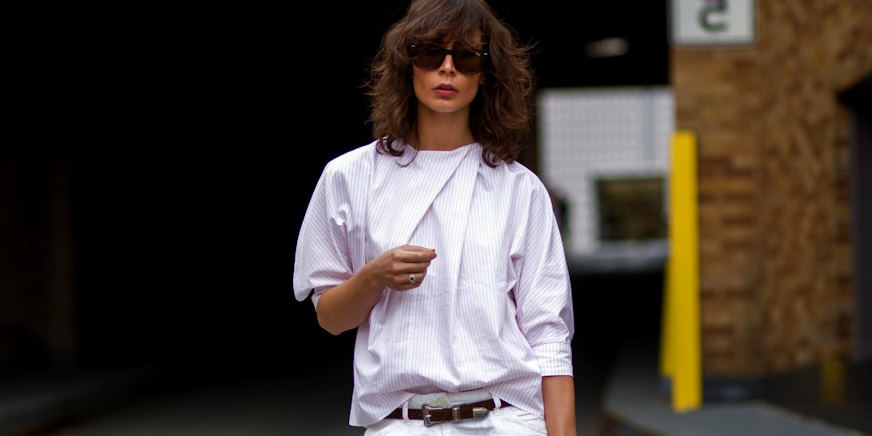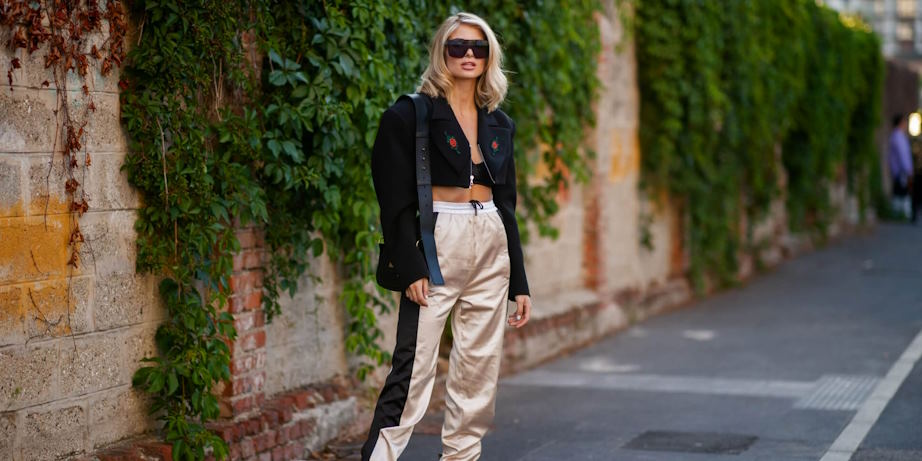Fashion trends captivate our attention, dictate our shopping choices, and shape the ever-evolving landscape of style. But have you ever wondered who and what exactly drives these trends? Who are the influential tastemakers, and what factors contribute to the rise and fall of fashion’s most coveted looks?
So, who and what provides trends in fashion?
Here we speak about some of the primary elements that shape trends:
Influencers and fashion Icons
Fashion influencers, bloggers, social media personalities, and celebrities have emerged as powerful trendsetters in the fashion industry. With their large online followings and influential platforms, they showcase their personal style choices, share outfit inspiration, and collaborate with brands. Their influence extends beyond fashion magazines and runways, as they connect directly with their audience and shape their followers’ fashion preferences. When influencers and icons embrace certain styles or brands, it often leads to increased popularity and adoption of those trends.
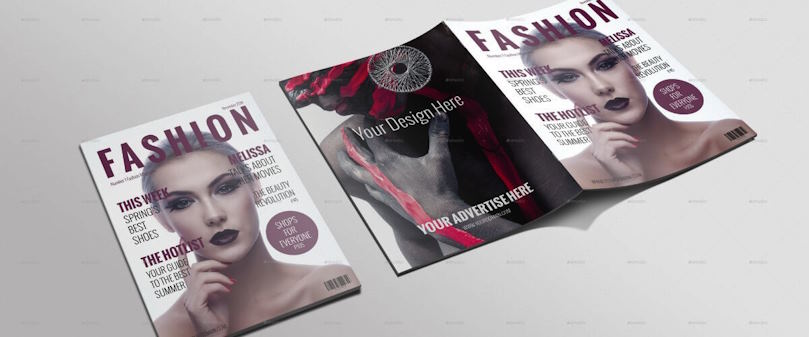
Fashion Designers
Through their artistic vision, they conceptualize and design collections that reflect their unique perspective on style. Designers take inspiration from various sources, such as art, culture, history, and current events, and translate them into wearable garments. Their runway shows during fashion weeks serve as a platform to showcase their collections and set the tone for upcoming trends. Influential designers often significantly impact fashion direction, as their designs are eagerly awaited and emulated by both consumers and the industry.
Consumers
Fashion trends are ultimately driven by consumer demand and response. Consumers can influence trends through their purchasing decisions and personal style choices. They often seek inspiration from fashion influencers, magazines, and celebrities but also interpret and adapt trends to their preferences and lifestyles. Consumer feedback and engagement play a vital role in shaping the fashion industry. Brands and designers closely monitor consumer behavior and preferences to understand which trends resonate with their target audience and adjust their offerings accordingly.
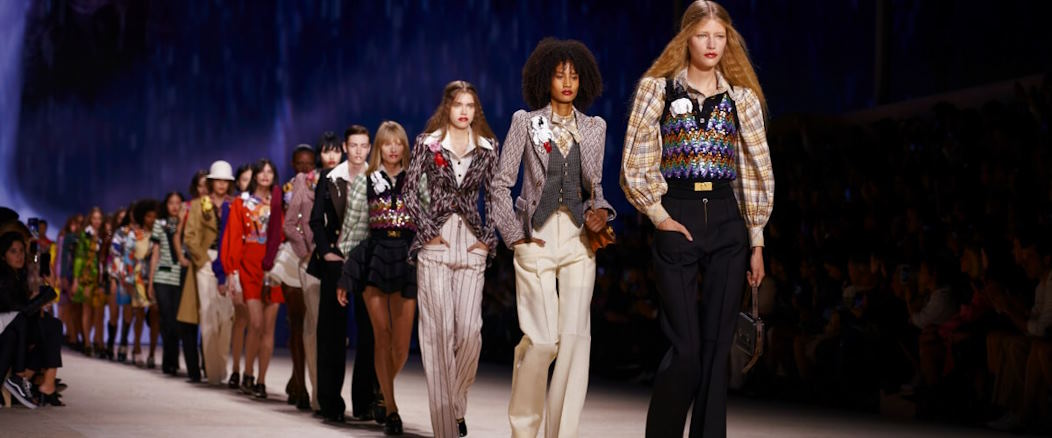
Mass Media
Traditional and digital mass media platforms have a considerable impact on fashion trends. Fashion magazines, television shows, fashion websites, and social media platforms serve as influential channels for trend dissemination. They feature the latest runway collections, provide styling advice, showcase trend reports, and offer platforms for fashion discussions. The mass media amplifies the visibility and accessibility of fashion trends, making them more accessible to a broader audience. Furthermore, collaborations between fashion brands and media outlets can contribute to popularizing specific trends and styles.
Cultural and Social Influences
Fashion trends often reflect the broader cultural and social landscape. Shifts can influence them in societal values, art movements, music genres, political events, and lifestyle choices. Fashion has the ability to express and respond to cultural movements, making it a reflection of the times. For example, trends may emerge in response to environmental consciousness, inclusivity, gender equality, or social justice movements. Cultural and social influences shape the themes, color palettes, and design elements that define fashion trends.
The dynamic interplay between these elements contributes to the formation, evolution, and popularity of fashion trends. Together, they shape the ever-changing landscape of fashion, allowing trends to emerge. However, it’s important to note that the interplay between these elements is dynamic and ever-changing.


